- 7231098810
- ajmalgarhresort@gmailcom
- Nachna Road, Ramdevra, Rajasthan, India 345023
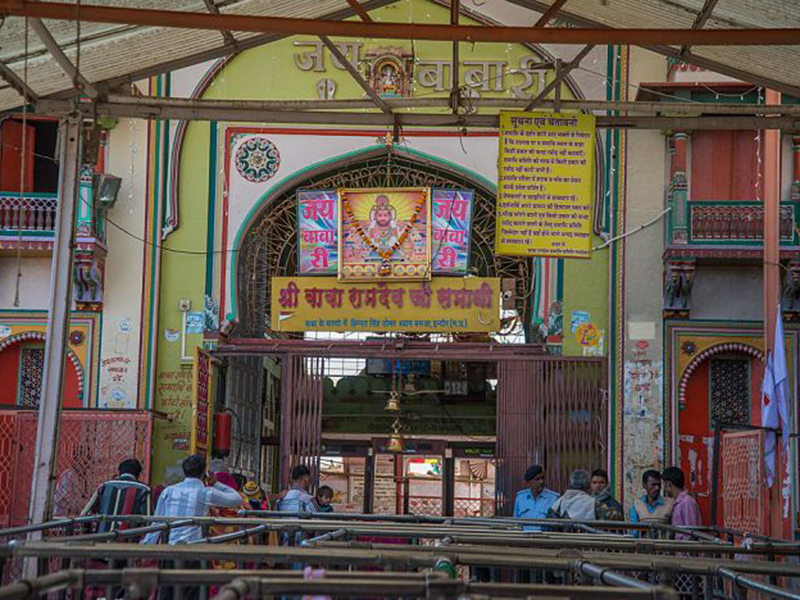
Ramdevra's Baba Ramdev Ji Temple is regarded as both a tourist and religious destination. Every day, thousands of refugees go to the Baba Ramdev shrine. The holy month of Bhadrapada sees the most visitors at Baba Ramdev ji's temple in Ramdevra. his well-known Ramdev ji temple is visited by followers from all over the nation. The Ramdev Ji temple's doors are open every day between 4:00 a.m. to 9:00 p.m. This itinerary changed in the winter and summer depending on your comfort.
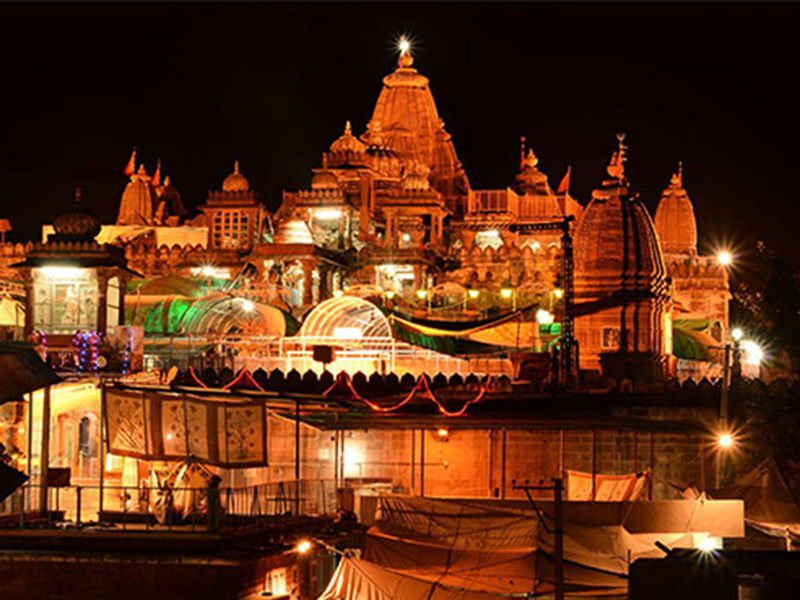
The Ossian Sachiya Mata temple near Jodhpur was originally built in the 8th century. However, the temple complex that now stands dates back to the 12th century. The Sachiya Mata Osiyan Temple in Rajasthan is dedicated to Sachi Mata. Sachi Mata, also known as Indrani, was the consort of the rain-god Indra. According to the legend, Indra married her for her voluptuousness. The main shrine, along with the other two temples - the Chandi Ka Mandir and the Amba Mata Mandir.
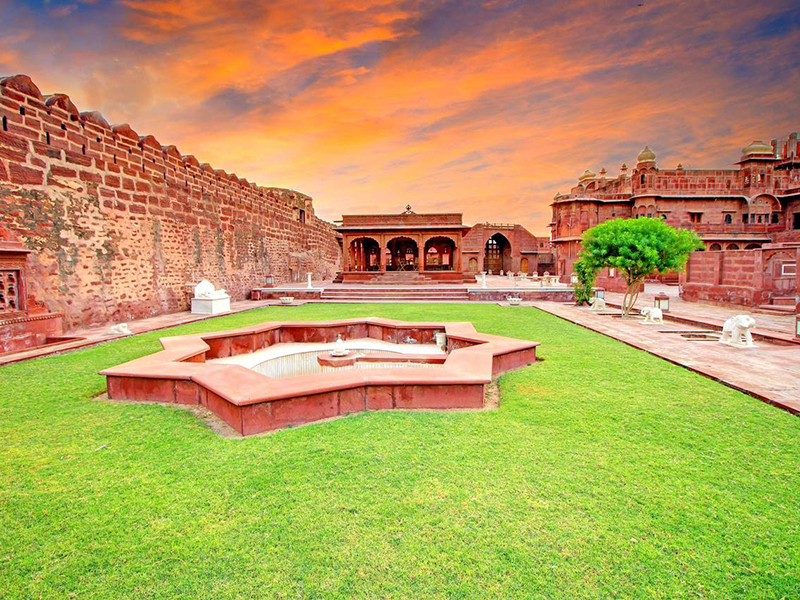
Pokhran Fort, also known as Balagarh, stands as a testament to India's regal heritage in the Thar Desert, located in Pokhran, Rajasthan. This historical fort dates back to the 14th century and was built by the Rathore clan of Rajputs. The fort complex is renowned for its meticulous Rajput architecture with grand gates, intricate jharokhas and detailed carvings. The fort's imposing structure consists of a multi-tiered layout combining both defensive elements with residential ones.
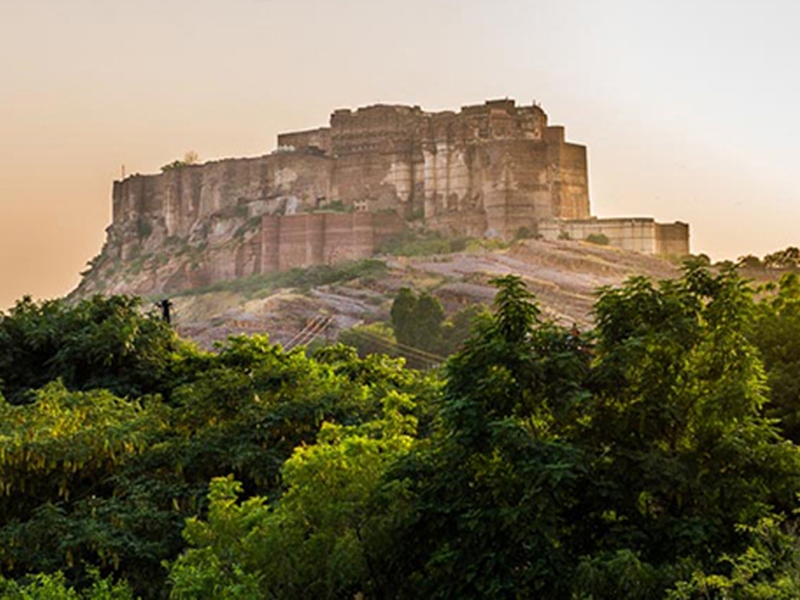
Rising perpendicular and impregnable from a hill which is 125 metres above Jodhpur’s skyline is the Mehrangarh Fort. This historic fort is one of the most famous in India and is packed with history and legends. Mehrangarh Fort still bears the imprints of cannonball attacks courtesy the armies of Jaipur on its second gate. Chiselled and sturdy, the fort is known for its exquisite latticed windows and walls of Moti Mahal, Phool Mahal and Sheesh Mahal.Mehrangarh Fort stands a hundred feet in splendor on a perpendicular cliff, four hundred feet above the sky line of Jodhpur.
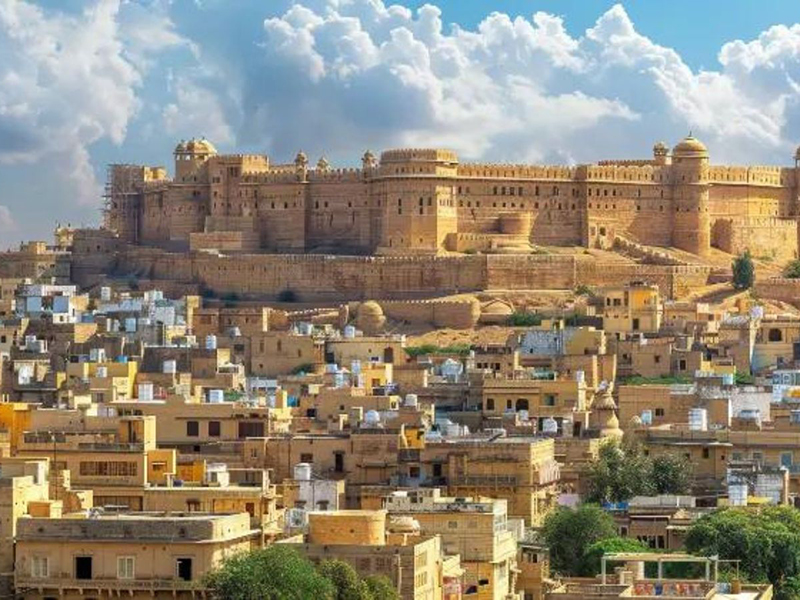
Jaisalmer Fort, colloquially known as Sonar Qila or the Golden Fort, is one of the largest fully preserved fortified cities in the world. Located in the heart of the Thar Desert, in Jaisalmer, Rajasthan, India, it was built in 1156 AD by the Rajput ruler Rawal Jaisal, from whom it derives its name. Perched on Trikuta Hill, the fort's yellow sandstone walls shimmer like gold, particularly at sunset, giving it the nickname 'Sonar Qila'. The fort stands as a testimony to the courage and grandeur of Rajputana's rulers, and it seamlessly blends with the golden hues of the desert landscape.
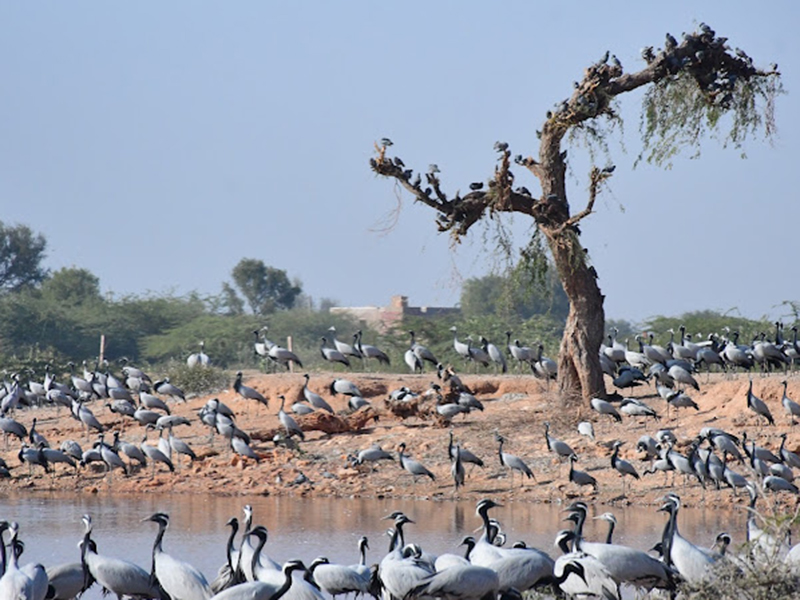
Around 150-kilometres north of Jodhpur in India’s state of Rajasthan, the dusty town of Khichan emerges through a dusty haze. At first glance, there’s nothing extraordinary about this small village in the parched landscape of the Thar Desert. It’s an unlikely place for a wildlife spectacle. But for one bird species, the elegant demoiselle crane, the Khichan Bird Sanctuary is a paradise worth migrating across a continent for. The Khichan crane story began in the 1970s, with a local Jain family feeding pigeons. Jainism is an ancient Indian religion, one tenet of which is no harm to animals.